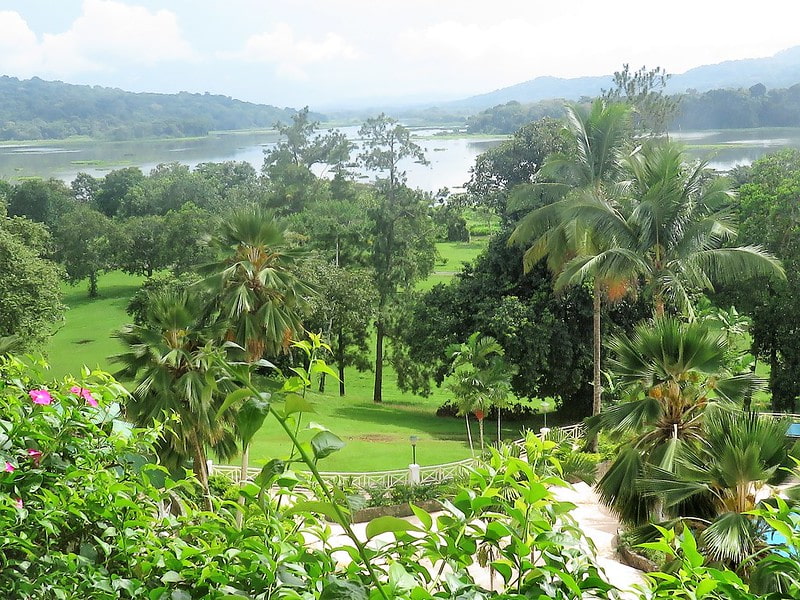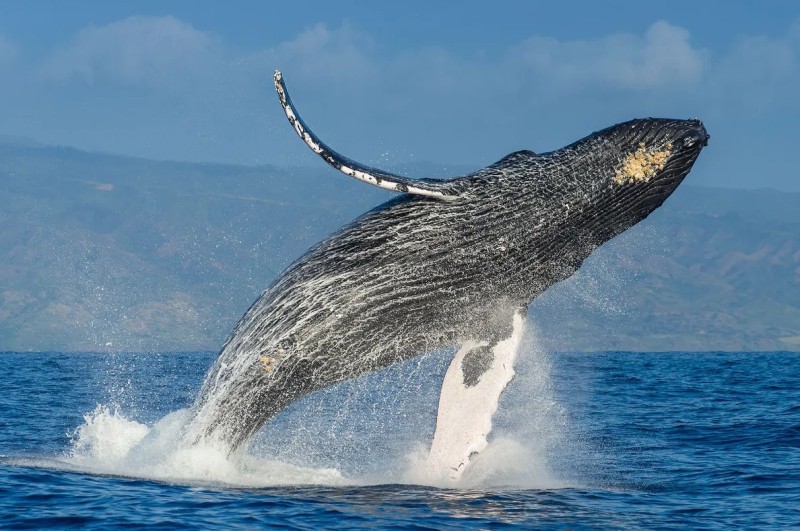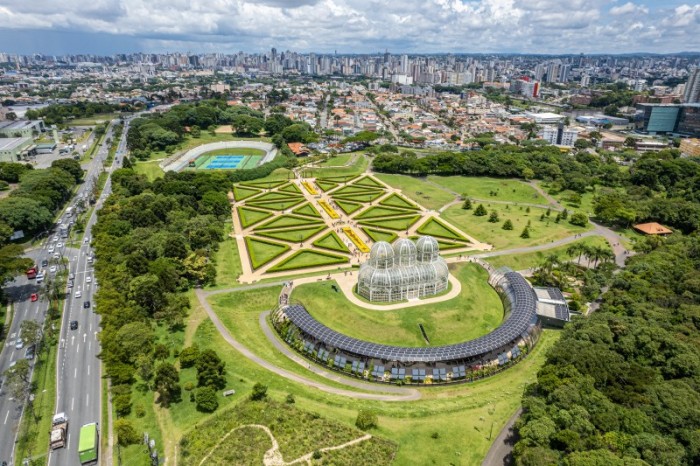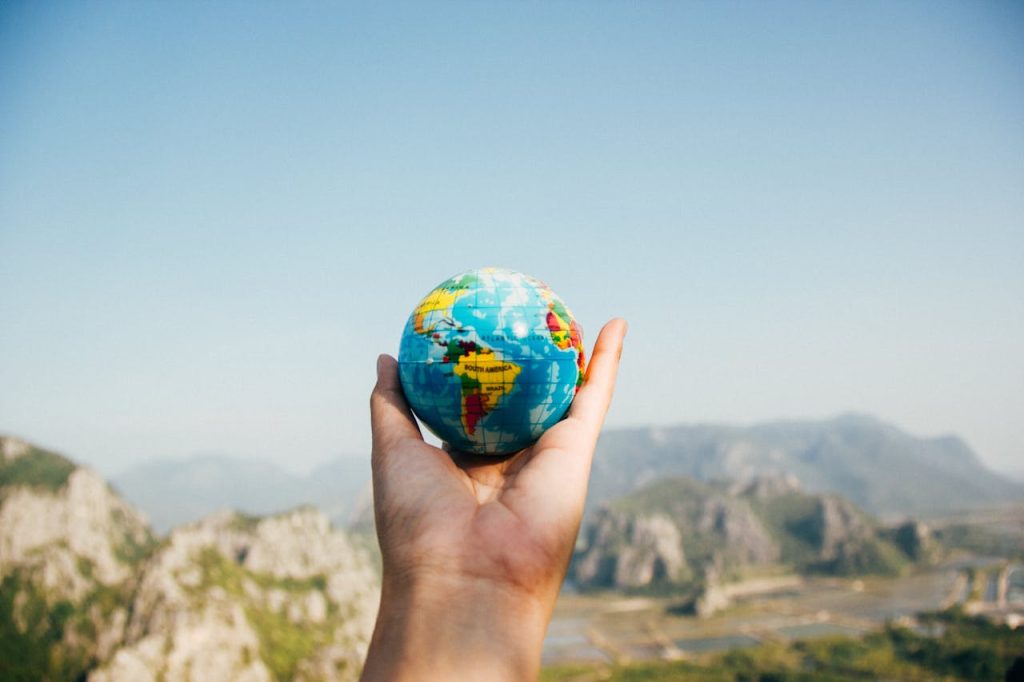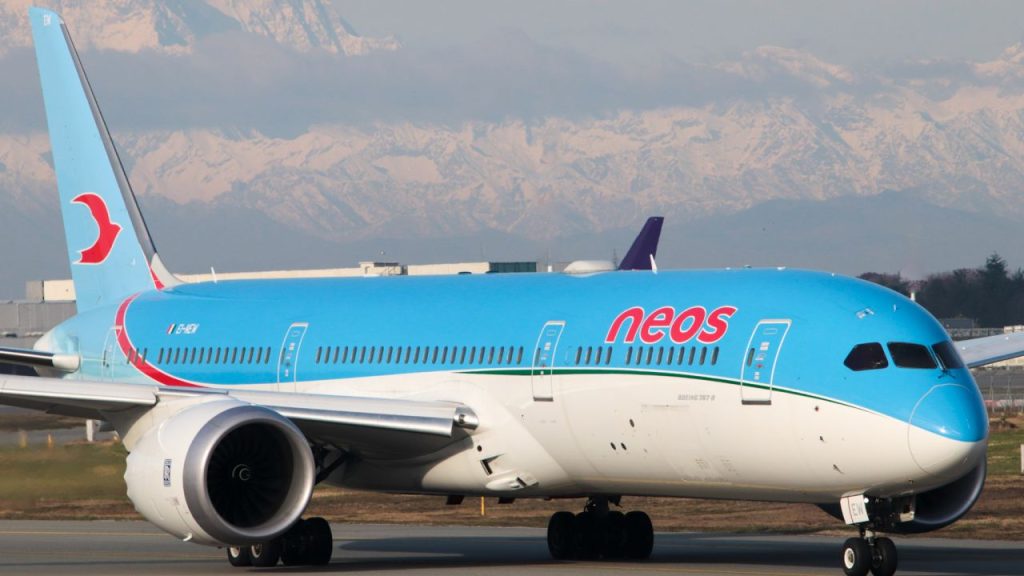Text by Mariana Pereira – This article was originally published on www.elcafelatino.org
A little history
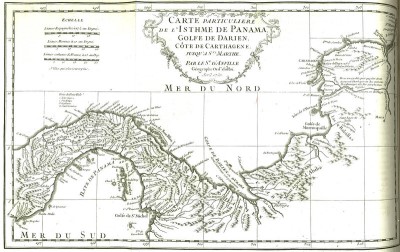
Over 3 million years ago, the Isthmus of Panama united North and South America and created a migratory bridge for animals and plants. By splitting an ocean into two parts, it also created the Caribbean Sea and the eastern tropical Pacific Ocean, each with its own unique marine ecosystem.
Then, with the Spanish conquest, the Isthmus of Panama entered a new era in its history, becoming the fastest route for people to pass through, who shaped it to the rhythm of progress: first, by making a footpath called the Way of the Crosses (16th century), then by building a railway (20th century) and, finally, the Panama Canal (20th century).
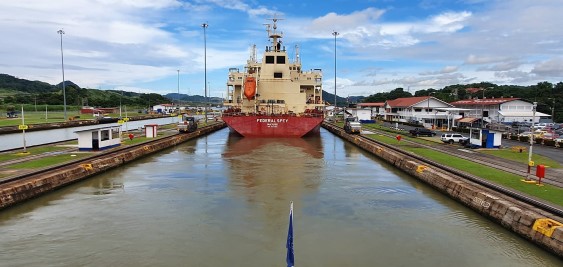
At the same time, the rainforest fascinated people and was documented in the 20th century, in particular by Alexander Von Humboldt and Aimé Bonpland, during their journey to the Americas (1799-1804). For Humboldt, it was a matter of “discovering the interaction of the forces of nature and the influences of the geographical environment on plant and animal life”.
In this context, when the United States took over the construction of the Panama Canal in 1910, biologists from the Smithsonian Tropical Research Institute (STRI) were asked to draw up an inventory of the flora and fauna of the Canal Zone. Amazed by the concentration of animals and plants in such a narrow area as the Isthmus of Panama, the American biologists remained in Panama long after the completion of the Canal to continue their research, at the request of the then Panamanian President Pablo Arosemena.
Spectacular nature
Today, the country has a museum dedicated to the history of the rise of the Isthmus of Panama and its impact: the Museum of Biodiversity. Now a must-see for foreign visitors, the museum has eight “wonder rooms”, the most spectacular of which is “Panamarama”, which immerses the visitor in the country’s natural riches through sound and image.
These riches are made up of a wide variety of ecosystems such as tropical forests (57% of the territory), mangroves (1,774 km2) and coral reefs (770 km2), which provide numerous habitats for a wide variety of species. As a result, Panama (with a surface area of 75,000 km2 ) is home to 9% of the world’s known bird species, 2.3% of the world’s reptiles, 4.8% of the world’s mammals, 3.2% of the world’s flowering plants and 7.1% of the world’s ferns and lichens.
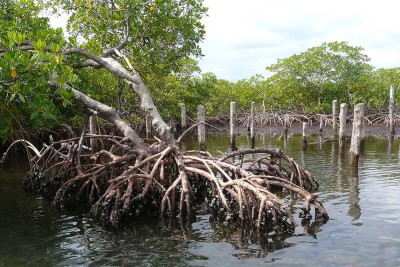
Aware of its natural wealth, Panama very early on adopted a State policy of environmental protection, firstly, for the rainwater needs of the Canal, then by allocating autonomous lands (30% of the national territory) to Amerindian communities who participate in the protection of nature and, finally, by creating protected areas.
Today, these represent 31.8% of the land area and 13.5% of the marine areas, i.e. more than 40% of the territory. As a result, Panama now has a negative carbon footprint and continues to expand its protected areas while forming alliances with states or private entities like Sea Shepherd Legal to ensure their protection.
This protection policy also relies on raising awareness among tourists who generally arrive between July and October to observe humpback whales and their calves in the warm waters of the Pacific.
Then, between July and January, in the protected area of Isla Cañas with its 3,000 hectares of mangroves (a real nursery for a large number of marine and terrestrial species), they can observe the laying of the eggs of five species of turtle, including the olive ridley turtle (an endangered species).
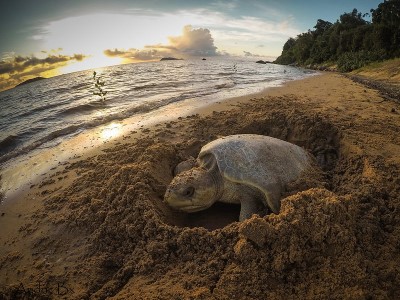
Throughout the year, it is possible to see capuchin monkeys in their natural environment, starting from Gamboa Rainforest Reserve (located in the Canal Zone), which also houses a sloth sanctuary. As for birds, there are dedicated birdwatching sites throughout the country (Canal Zone, El Valle, Cerro Punta, etc).
Panama is easy to discover due to its small size, but also thanks to a modern and safe land infrastructure for the transport of goods and tourists who travel around the country by car or bus (from the Albrook International Terminal in Panama City).
Tourists will be amazed by the beauty of the biodiversity, but will also be seduced by the cultural richness of the Panamanians of Amerindian, Afro-Caribbean, European and mestizo origin.

